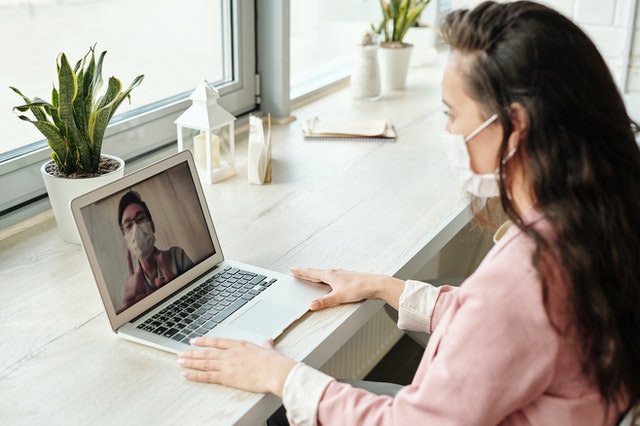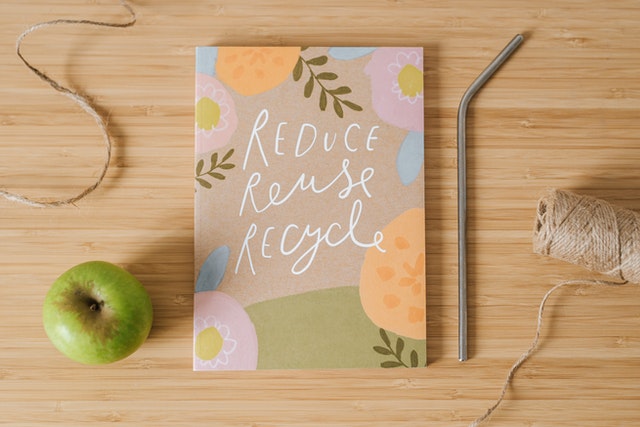Throughout the past few years, sustainability has always been a pressing issue, not just for the environment but for many companies and corporations. This is not a surprise when many businesses and corporations have to mass-produce products. Although there is no problem in expanding revenue margins through the sales of these products, this can also result in a lot of waste, both on an industrial and social level. The mere fact that many individuals will need to drive to the workplace, dispose of food products, and use office equipment have a significant impact on greenhouse gas emissions.
This is a contributed post and does not necessarily reflect the opinions of Meet The Harris Family.
That said, offices will need to start having a more sustainable approach towards policies and making key renovations to cultivate a greener culture in the workplace. Here are some strategies that you can consider.
Choose Organic Greenery

Let’s face it: dimly lit offices with rough gray walls with furniture made out of plastic, leather, and metal can be an eyesore. Especially for those that need to stay in the workplace for the majority of the day. Fortunately, there are different ways of brightening up the workplace. Instead of a “mechanical” corporate feel, adding a good amount of greenery to your office can help your work environment come to life.
Many studies suggest that living plants are a great way of relieving stress and keeps employees happy. Some psychologists have found that relieving stress through living organic plants can help boost productivity by around 15%. Especially since the sight of greenery is known for helping with cognitive functions in the brain and memory.
It’s important to note that you should at least go for suppliers of plants who can supply you regularly. Many suppliers understand that offices will need to be more sustainable. Just the mere sight of making the office green from plastic ornamental plants just will not cut it. Fortunately, some suppliers are known for selling different living and breathing plants, including green moss. These mosses are a great addition to any working space and will make your office come to life.
Reduce Energy Spending
Another crucial aspect that many offices should start doing is reducing the energy spent on trivial matters. Not only is this good for the bottom line of your business since you’ll be able to save money that can be allocated to other projects in the future. This can also help with electronic waste, which is known for being a contributor to pollution. In fact, it’s known that there are 53 million metric tons of electronic waste that have been generated in the span of five years.
That said, conserving energy by turning off appliances and equipment when it’s not being used is the best way of helping the environment. In most cases, a good amount of energy spent is usually on temperature control and ventilation. If this is the case, you might want to tone down your thermostat to a few degrees off during the colder season and a bit higher during warmer seasons. Although it might seem like the amount of energy that you’ll save is negligible, you’ll save more if you do this in the long run.
You can also walk around your workplace to know which parts have been cooled or heated to the point that it can cause discomfort among your employees. The last thing that you want is your employees getting sick from sudden fluctuations of temperatures. You might also want to adjust brightness levels for your screens. If your monitors’ lights are too bright, this could cause eye strain and can burn through a lot of energy.
Go Paperless

Lastly, one of the most important ways of having a more sustainable office is by becoming paperless. Although many businesses are starting to use digital platforms and software in creating documents, there is still a good chunk of industries that use paper.
But even though the paper is still important in various office-based tasks, that should not mean that you can’t cut down on paper. If cutting down on paper isn’t an option, you might want to consider recycling paper instead. You will also need to consider changing different protocols and rules within your organization. In most cases, companies will use paper documents as a means of protecting sensitive data and information. You might want to invest in a paper shredder since this is more sustainable for recycling paper.
Still, if you are planning on going paperless, migrating to a more digital approach using the software is an easier and more affordable way of storing information and retrieving it for later use. In the world of business, adapting to new technological innovations is a better choice than refusing to adapt to current trends. Not only does migrating digitally help keep your data more secure while making your establishment more sustainable, but this can also streamline many daily practices in the office.
There are a variety of ways to cultivate sustainability in the workplace. Although most people might think that focusing on sustainability is a bit trivial when there are many concerns and work-related issues that are more pressing, sustainability can still go together with many key organizational changes. Whether it’s adapting to new technology, partnering up with other businesses, or adding a bit of greenery that might help employees de-stress, sustainability can have various advantages if it’s taken to heart.


